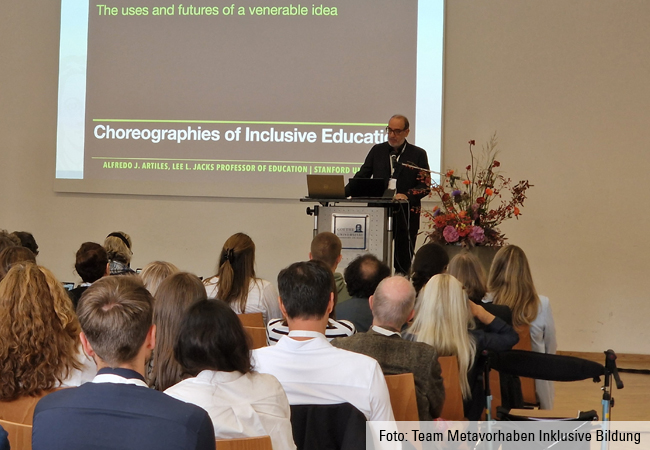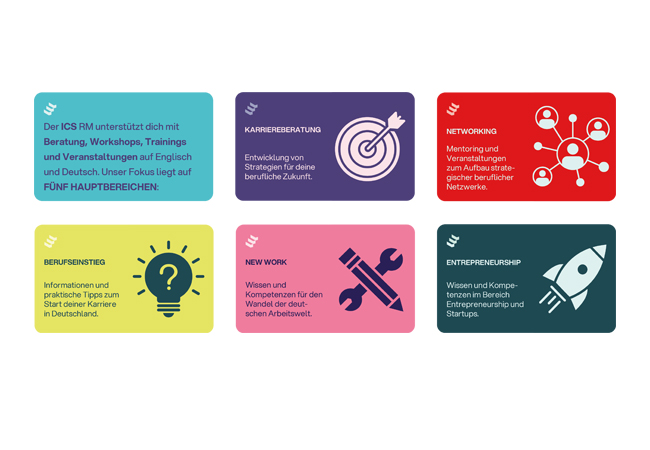Sports sociologist Robert Gugutzer and his students have analyzed public screenings at the UEFA EURO 2024. One of their conclusions is that the atmosphere at the German team’s matches was not as exuberant as when Germany hosted the World Cup in 2006, partly because the “cheerleaders” were absent.

UniReport: Professor Gugutzer, first of all, a question about how the German team did: As a soccer expert, what do you think – can and should we be satisfied with their performance?
Robert Gugutzer: I think so. Up until the beginning of the year, the German team was expected to do just as badly at the European Championship as it had done at the last three major tournaments. It was only the two rather surprising victories in March against France and the Netherlands that gave us hope. In my opinion, the German team fulfilled this hope. They played well or very well, and it was rather unfortunate that they were eliminated by the best team in the championship. That can happen and is allowed to happen.
You attended public screenings in Frankfurt with your students. Was that in the fan zone? Did this work out in terms of organization, were your students able to observe the screenings from their planned positions?
Yes, the students in my seminar were primarily out and about in the Frankfurt fan zone. One student was also in the fan zone in Berlin on one occasion, I was in Munich, and a few were also out and about in beer gardens around Frankfurt. The students’ task was to use non-participatory observation to monitor and document the atmosphere at the public screenings. In other words, they were supposed to be in medias res, but not actively do anything themselves except observe the venue, the people and the atmosphere. It worked very well, except that at matches with a very large audience they were hardly able to take notes during the game, but at most during half-time. But they predominantly wrote their observation protocols after the respective screening anyway.
Did being so close to the research object and having to be clear about your own mood also present challenges? What was, as it were, the “learning effect” for the students?
The biggest challenge for the students was the sheer number of impressions bombarding them. Although it is not the case that all hell breaks loose at every public screening, rather a lot goes on at such an event, which makes it difficult to decide what is important and ought to be documented or what is negligible. That was indeed a lesson in methodology, or “learning effect”, for our students. As you say, the exercise also involved reflecting methodically on their own mood, as well as their own knowledge of soccer or personal expectations of the game and the fans. The students should therefore take away from this study that subjectivity is an important source of information in qualitative social research, which is why you should take your own mood, feelings, expectations, anxieties, etc. seriously. This is obvious with a research topic such as atmospheres: Atmospheres not only have an “object pole” (the location and the situation) but equally a “subject pole”, as the philosopher Gernot Böhme says. This means that to analyze the atmosphere at public screenings, we researchers observing the atmosphere must additionally take ourselves into account at the subject pole.
What were you able to observe and analyze with the students, did a specific “atmosphere” develop during or outside the actual game?
We observed 21 of the 51 matches, namely those in the group stage, the round of 16 and the quarterfinals at 3.00 p.m. (for the group matches), 6.00 p.m. and 9.00 p.m. The students compiled 36 observation protocols. The analysis of the protocols in class produced a differentiated picture of the atmospheres at public screenings. We speak of “atmospheres” in the plural because, in our opinion, there is no “specific” atmosphere at public screenings, as you ask, but instead a variety of atmospheres, some in parallel. The students observed family, picnic, living room, cinema, afterwork, carnival or festival atmospheres, for example. This has to do with the fact that many different groups of people attend public screenings and not just ardent soccer fans. We also observed that there is a kind of underlying atmosphere that is calm, restrained and concentrated. The atmosphere primarily changes when something happens on the screen – a goal, foul, successful defense, (no) penalty, etc. – then there is cheering, shouting, groaning, swearing or singing. This means that – contrary to what the many pictures and reports in the media suggest – our study indicates that there is by no means a constantly exuberant, euphoric “party atmosphere” at public screenings. Which, incidentally, does not rule out that people remember the public screening as something special in terms of the atmosphere on the way home or even much later.
Is your analysis able to explain why the atmosphere at the public screenings was not as great as it came across in the media?
As far as the media are concerned, it is presumably because they attract greater interest from viewers if they report that the atmosphere was good rather than that there was no atmosphere at all or even a bad one. Right now, the mood here in Germany is not the best in the first place, so people want soccer to set a counterpoint. And indeed, it does partly do that, but not continuously and for everyone. As far as public screenings are concerned, then again, it seems to us that they are not so much a soccer event, but mainly a social happening for which soccer is merely the reason. Many people at public screenings use them as an opportunity to have a good time – alfresco, in a crowd and at an unusual venue. These are spectators rather than fans, who also consume the atmosphere rather than produce it. This means that they wait for something to happen and then join in briefly. This is, however, less than ideal for a great atmosphere, as for this to happen everyone must join in on their own initiative. That is why, in our opinion, the atmosphere in the stadium tends to differ from the one at public screenings: In almost every stadium, there are ultras who create an atmosphere regardless of how the match is going, and these “cheerleaders” are absent from most public screenings.
My final question: According to many observers, the UEFA 2024 was no summer fairytale. But perhaps that would have been too much to expect. What did the public screenings lack?
UEFA 2024 was certainly not a summer fairytale 2.0, as many called it. In my view, that was also a completely exaggerated expectation. Anyone who really believed that the summer fairytale of 2006 could be repeated was bound to be disappointed. In the summer of 2006, not only was the weather magical, unlike this year, but it was also a World Cup and not a European Championship, which is why the slogan “A time to make friends”, which had referred to the whole world, was reduced to “half of Europe visiting its neighbors”, without wanting to downgrade that because it undoubtedly did the country good to have dancing and singing Scots, Dutch, Turks, Georgians, etc. here in Germany. In terms of the soccer itself, the difference to 2006 is that back then Germany reached the semifinals and played three dramatic matches on the way there (against Poland, Argentina and Italy), whereas this year’s European Championship ended for the German team in the quarterfinals. And the public screenings in 2006 were also very different to those in 2024: There were far fewer screens, in fact always only one – in Frankfurt there were ten this year! The gatherings on site were more of a sit-in, whereas this time it was an entirely commercial event, and, above all, in 2006 so much was surprising, spontaneous and new, whereas this year the expectation prevailed that everything should be exactly like it was back then – although everyone knows that impromptu parties are the best.













